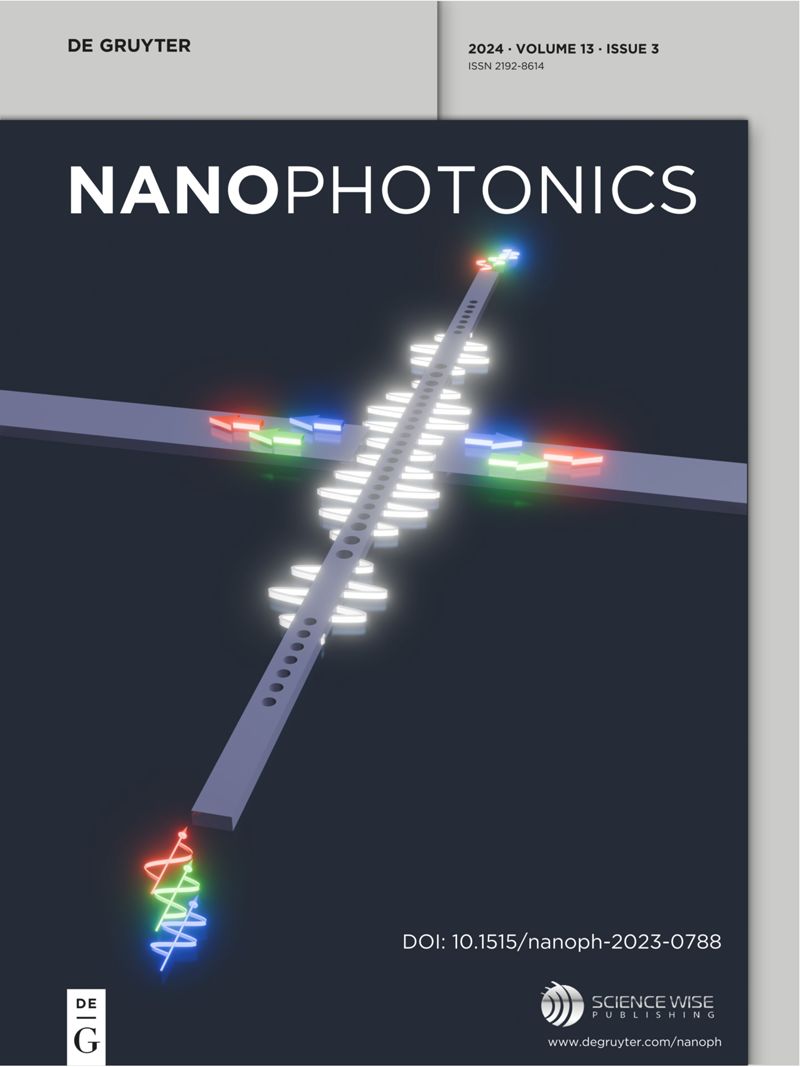Optical phased array receiver with mode diversity and coherent combination
IF 6.5
2区 物理与天体物理
Q1 MATERIALS SCIENCE, MULTIDISCIPLINARY
引用次数: 0
Abstract
Optical phased arrays (OPAs) hold significant promise for low-cost, solid-state beam steering in LiDAR and free-space optical (FSO) communications. The field of view (FOV) is one of the key performance metrics in OPA for both optical beam transmitting (Tx) and receiving (Rx). Currently, people tend to use the same design for both the Tx and Rx parts under the hypothesis of reciprocity. In fact, Tx antennas typically generate well-controlled near-field profiles, whereas Rx apertures encounter randomly distributed incident waves due to uncontrolled reflection and propagation. This work demonstrates that leveraging mode diversity can effectively expand the FOV and enhance the receiving efficiency of Rx OPAs, irrespective of the antenna type. To efficiently utilize collected photons for coherent detection in LiDAR and FSO systems, we introduce an inversely designed mode splitter-converter and a coherent combination architecture. Unlike traditional methods, our approach effectively handles beams with varying amplitudes. As proof of concept, we designed and fabricated an 8-channel edge-emitting OPA receiver operating in TE求助全文
约1分钟内获得全文
求助全文
来源期刊

Nanophotonics
NANOSCIENCE & NANOTECHNOLOGY-MATERIALS SCIENCE, MULTIDISCIPLINARY
CiteScore
13.50
自引率
6.70%
发文量
358
审稿时长
7 weeks
期刊介绍:
Nanophotonics, published in collaboration with Sciencewise, is a prestigious journal that showcases recent international research results, notable advancements in the field, and innovative applications. It is regarded as one of the leading publications in the realm of nanophotonics and encompasses a range of article types including research articles, selectively invited reviews, letters, and perspectives.
The journal specifically delves into the study of photon interaction with nano-structures, such as carbon nano-tubes, nano metal particles, nano crystals, semiconductor nano dots, photonic crystals, tissue, and DNA. It offers comprehensive coverage of the most up-to-date discoveries, making it an essential resource for physicists, engineers, and material scientists.
 求助内容:
求助内容: 应助结果提醒方式:
应助结果提醒方式:


